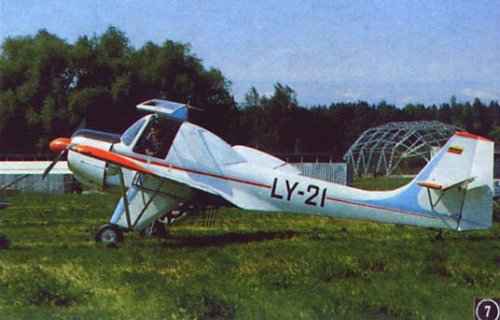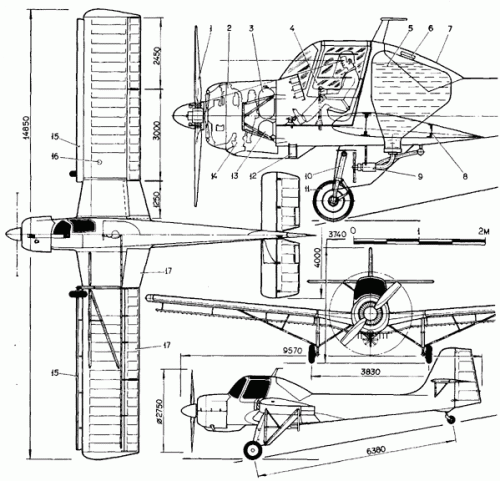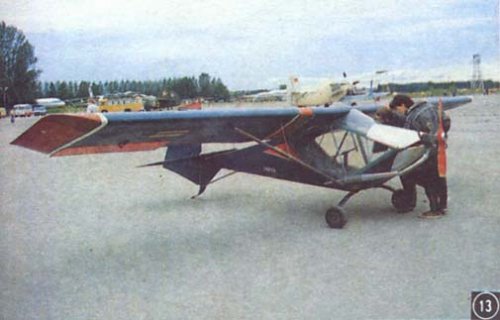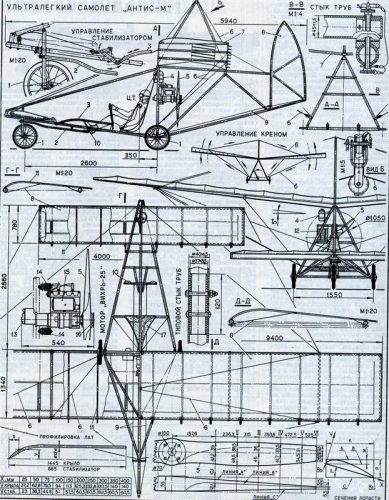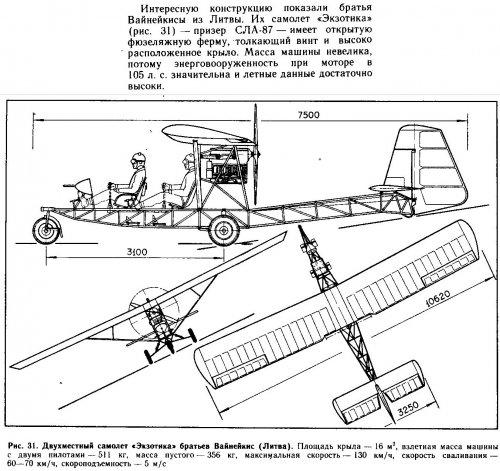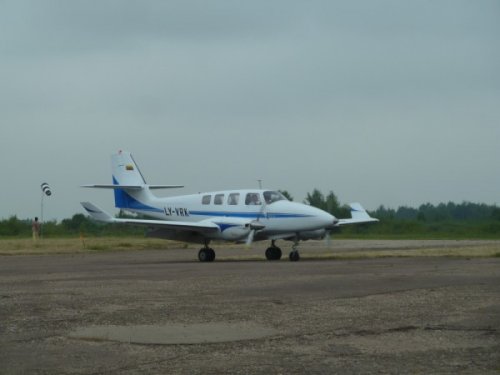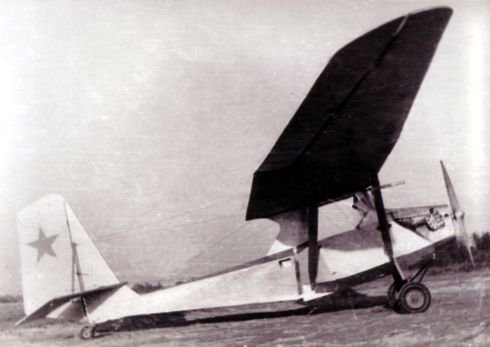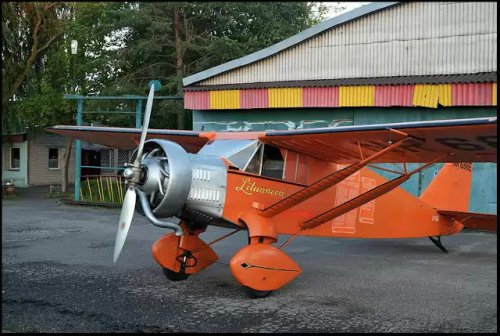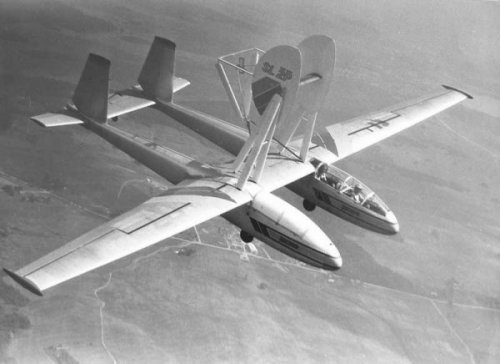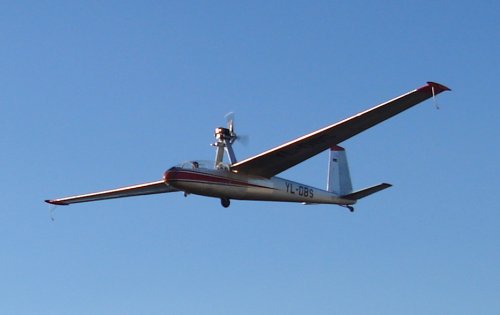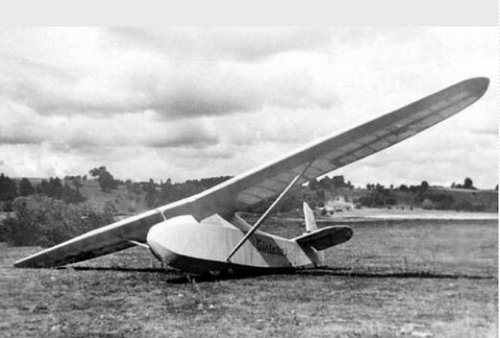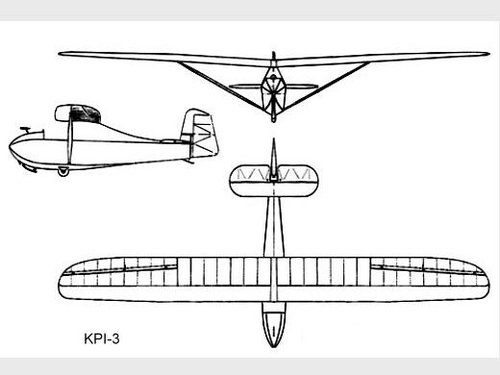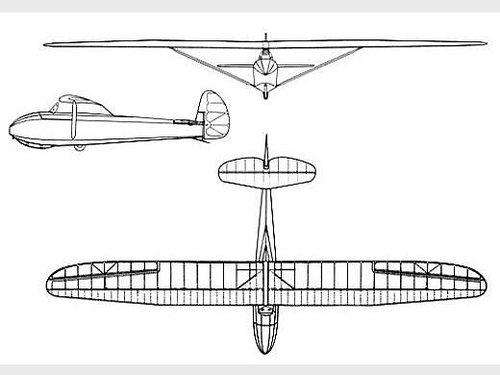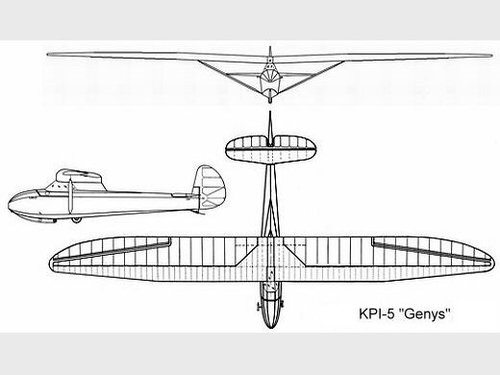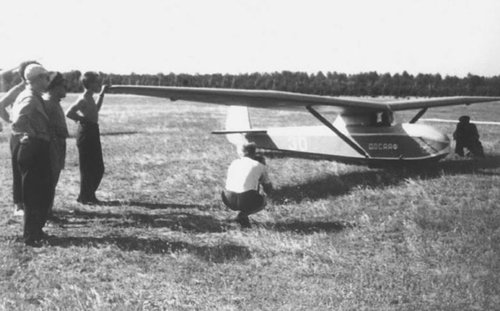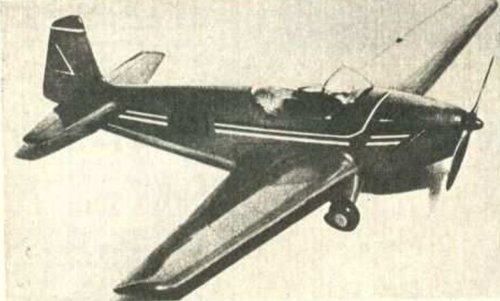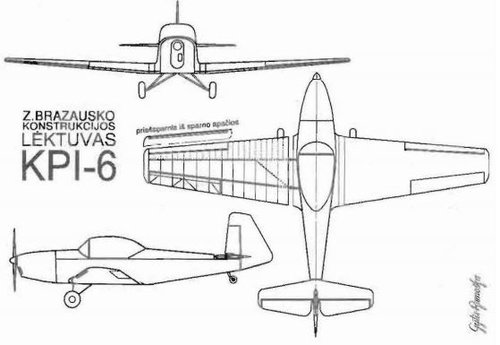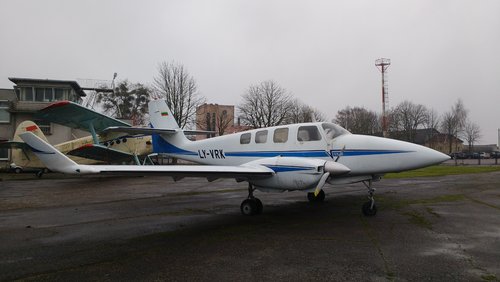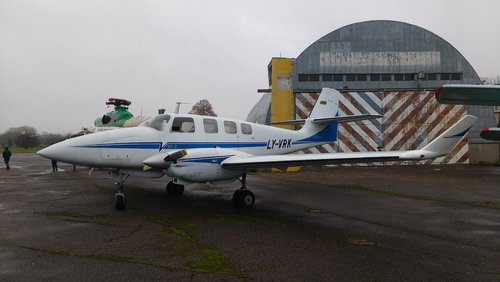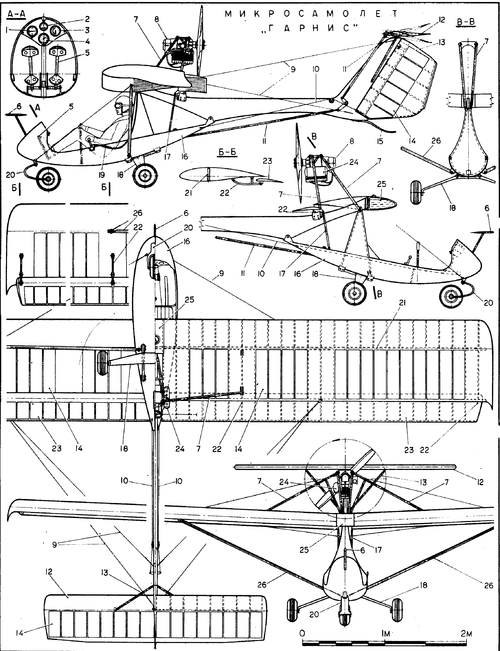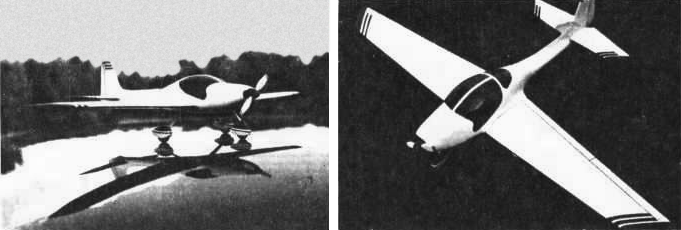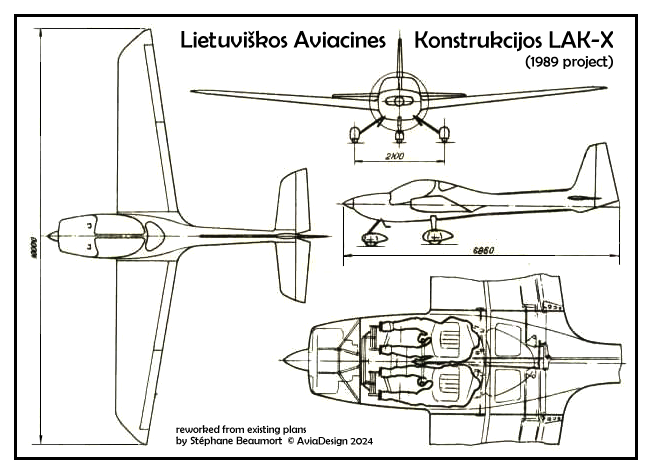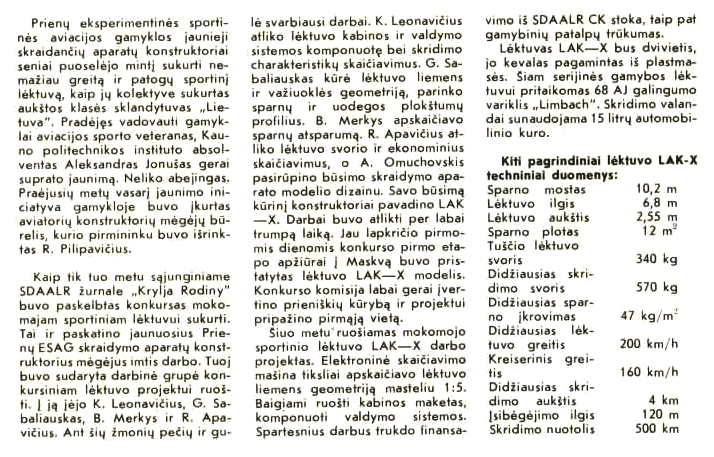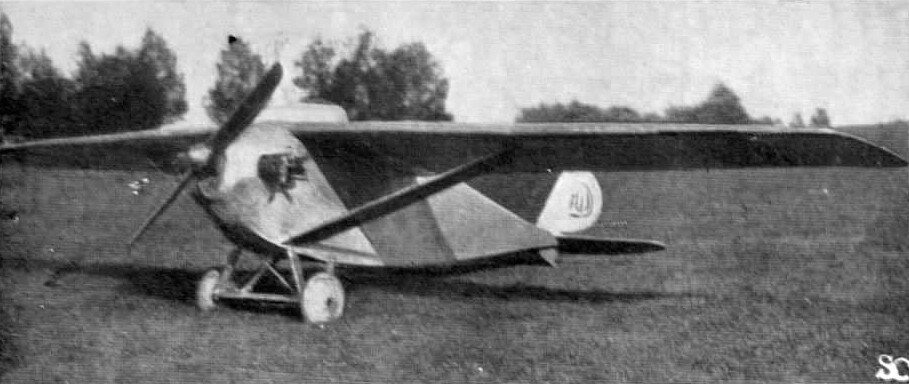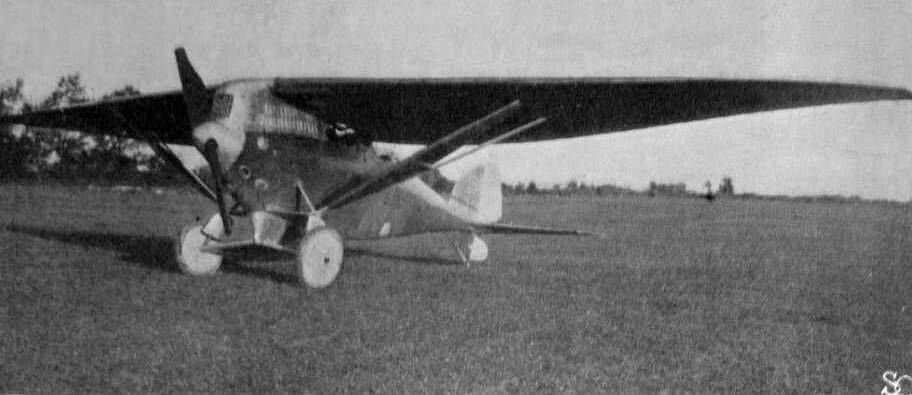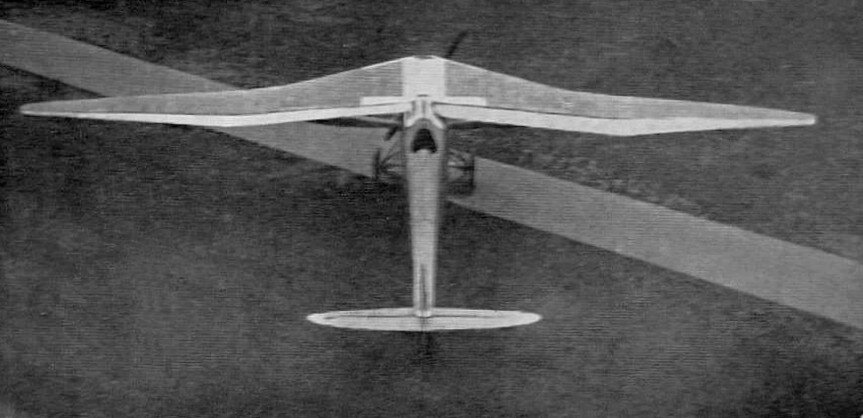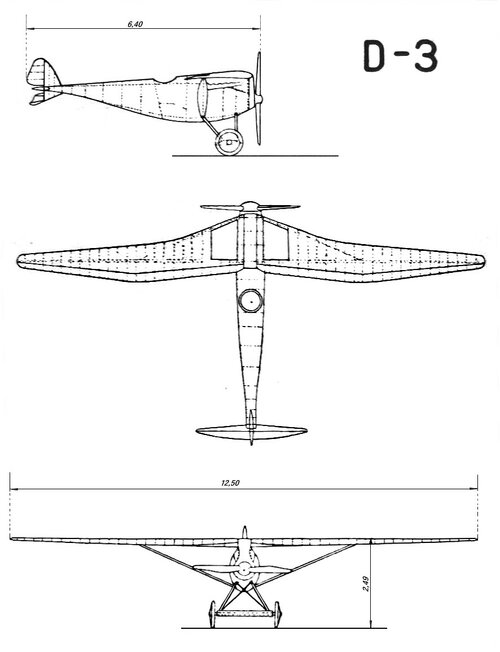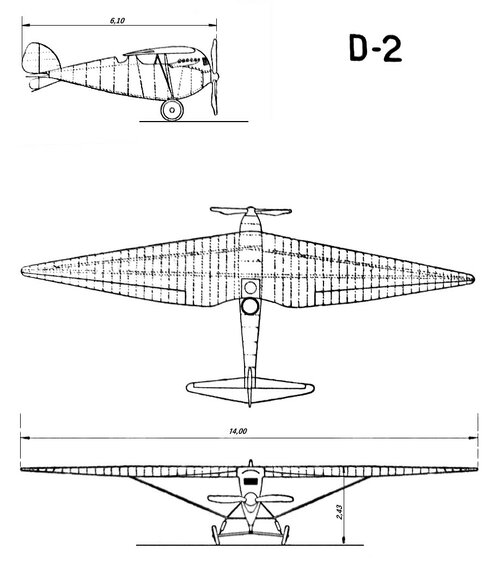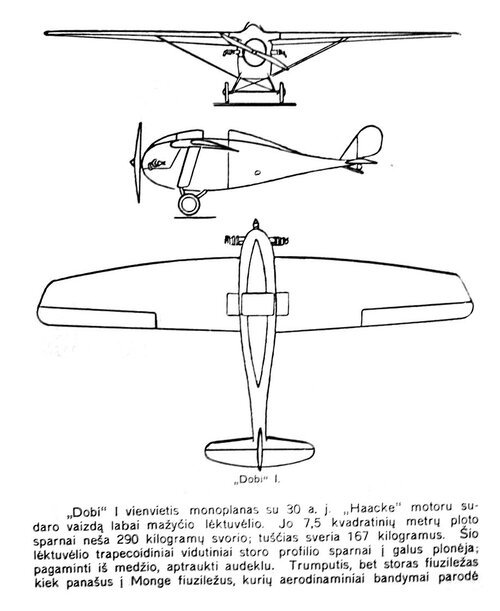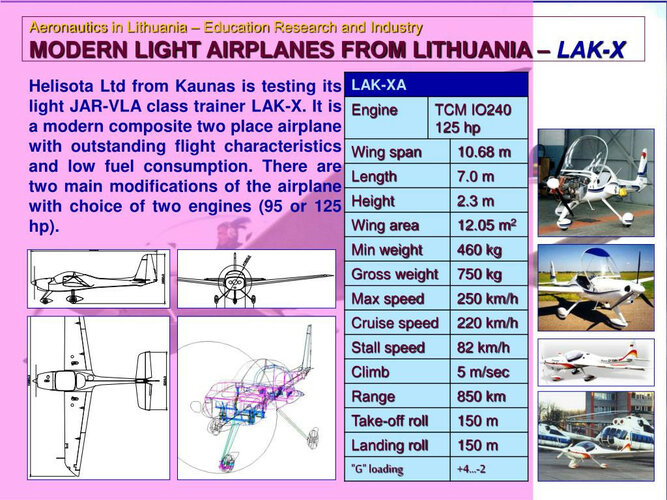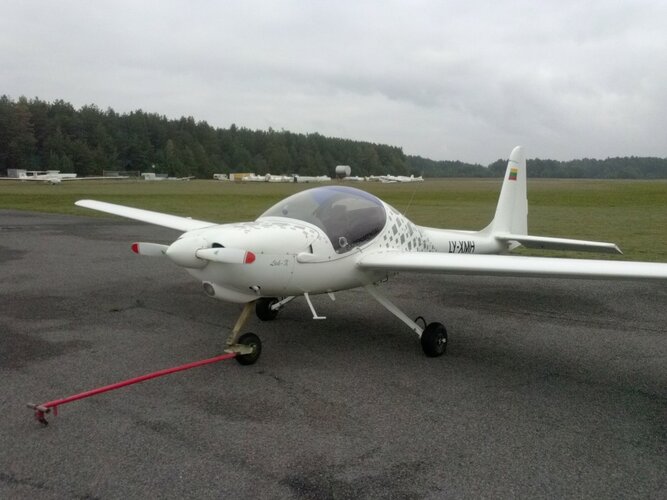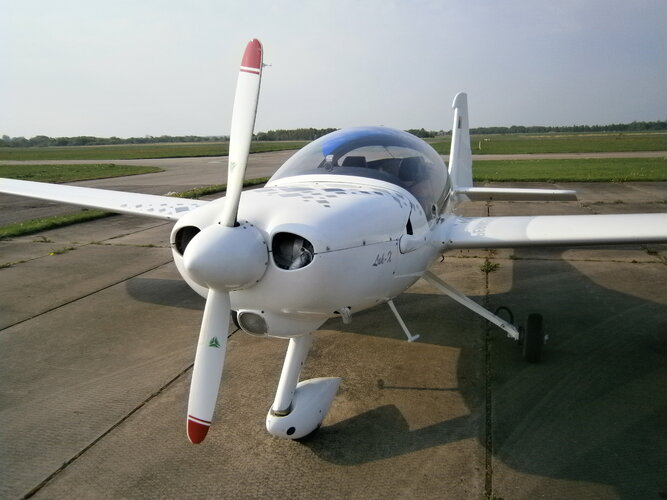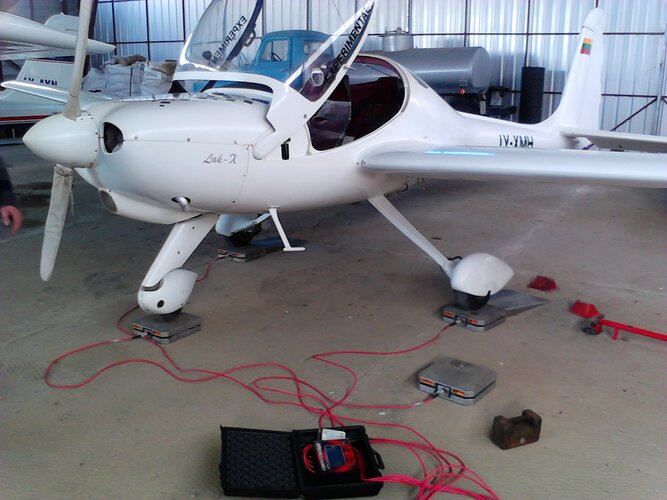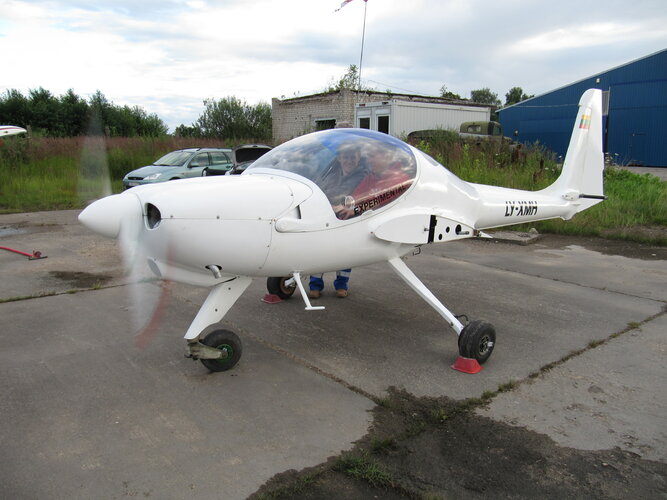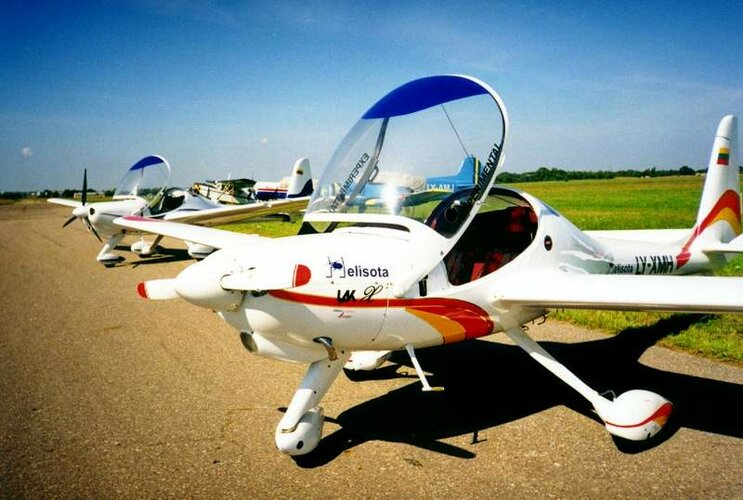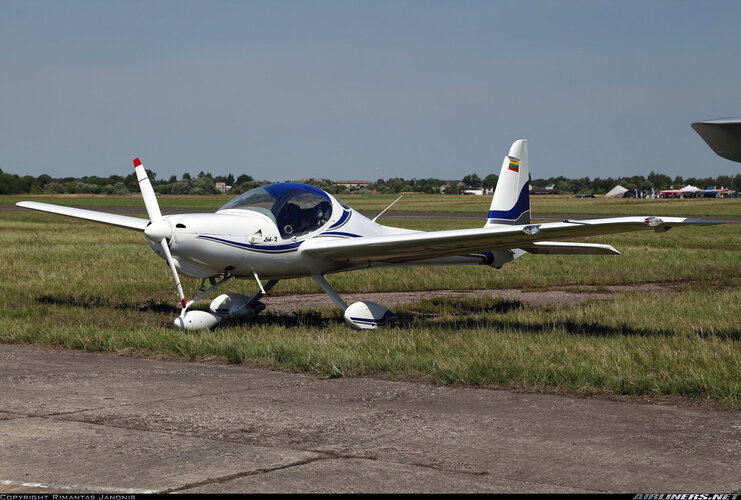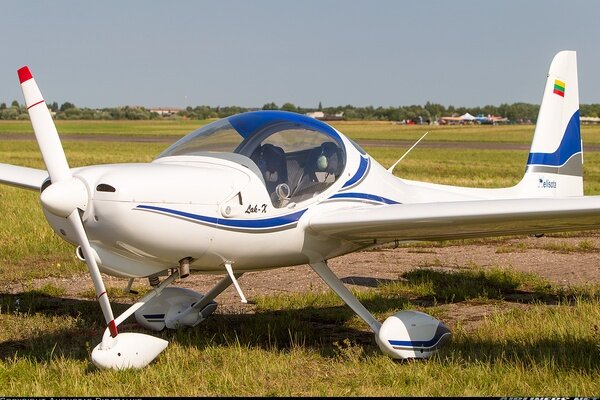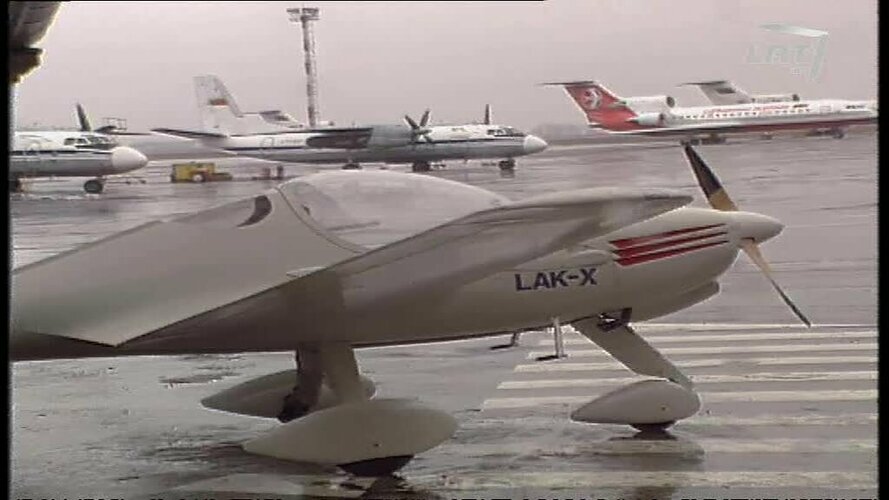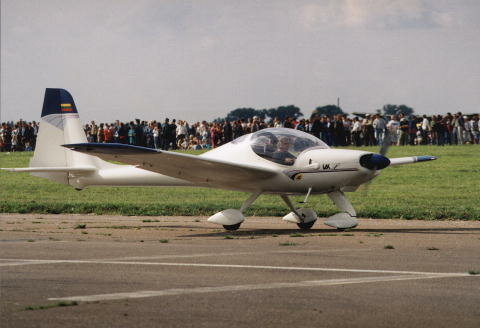Kaunas Polytechnic Institute (KPI) Aircraft
On August 21, 1940, with occupation by the Soviet Union, the Lithuanian Soviet Socialist Republic created the Lithuanian University of Kaunas. Post war, it was reorganized into Kaunas Polytechnic Institute (KPI) and Kaunas Medical Institute by the Soviet Union.
The soaring section of Kaunas Polytechnic Institute lead by Jonas Balciunas was very active post war. The students made sailplanes M-1, M-2, KPI-1, KPI-2, KPI-3, KPI-4 and KPI-5 all led by designer Antanas Kuzmickas. In a number of online sources the gliders are referred to as “Kuzmickas KPI-“ etc.
In 1959 saw the Kaunas Polytechnic Institute KPI-6 powered aeroplane make an appearance. Led by Zenomas Brazauskas and engineer Juozas Zujus. Later Zujus (1930-2020) was one of the few Lithuanians to teach at the Moscow Aviation Institute.
The Aircraft:
Name: Kaunas Polytechnic Institute M-1 "Mechanikas" (Mechanic)
Purpose: Basic Glider
Description: Designer Antanas Kuzmickas was born on 7 July 1925 in Gaveikiai, Lithuania and died 11 April 2012 aged 86. He was a Lithuanian mechanical engineer, glider pilot and glider designer. After seeing gliding post-war in the winter of 1951 his first glider was completed and named M-1 (Mechanic-1).
Fellow University enthusiasts bought a rubber shock absorber and started flying over the banks of the Nemunas. Although the glider was involved in an accident and was damaged, it was repaired again by the glider students themselves. The M-1 was lifted into the air by a shock absorber catapult system.
Year: 1952
In the name of the constructor: A.Kuzmickas
Wing length: 10.00 m
Wing area: 16.00 sq m
Profile: 7.2
Wing load 10.60 kg / m2
Weight: 89 kg
Aerodynamic quality: 11
Sink rate: 1.15 m/sec
Name: Kaunas Polytechnic Institute M-2 "Mechanikas-2" (Mechanic-2)
Purpose: Basic Glider
Description: After the M-1, another glider, the M-2, with a semi-covered gondola-type cockpit was designed by Kuzmickas as a training glider.
It was flown from the slopes of Kulautuva, where the M-2 and Kuzmickas suffered two more serious accidents but was successfully repaired again.
Under favourable meteorological conditions, the Kuzmickas, as well as gliders engineers V. Drupas, L. Aleksandravičius and others stayed in the air for a few hours. Like the earlier M-1, the M-2 was e lifted into the air by a shock absorber system.
Year: 1953
In the name of the constructor: A. Kuzmickas
Wing length: 11.0 m
Wing area: 15.70 sq/m
Profile:7.7
Wing load: 11 kg/m2
Weight: 90 kg
Aerodynamic quality: 15.6
Sink rate: 0.92 m/sec
Name: Kaunas Polytechnic Institute KPI-1
Purpose: Training Glider
Description: Encouraged by his first achievements, A. Kuzmickas designed his first dedicated training glider, the pioneer of the great KPI series gliders the KPI-1. The Institute was a continued support for the gliders of the Antanas Kuzmickas.
The KPI-1 was lifted into the air by a self-propelled tow truck. This glider was not rebuilt after an accident.
Year: 1954
In the name of the constructor: A. Kuzmickas
Name: Kaunas Polytechnic Institute KPI-2
Purpose: Training Glider
Description: When the KPI-1 was not rebuilt after its accident the next design, the KPI-2, proved to be a failure.
Year: 1954
In the name of the constructor: A. Kuzmickas
Name: Kaunas Polytechnic Institute KPI-3 "Gintaras"(Amber)
Purpose: Training Glider
Description: The KP-3 was one of the best works of an aircraft designer. The sleek KPI-3 Gintaras was characterized by agility, climbed well, and rose to a height of up to 1,000 metres above the starting point in Kulautuva. It served a long time for the gliders of the institute and it was as if specially constructed for the specific conditions found at Kulautuva.
Year: 1955
In the name of the constructor: A. Kuzmickas
Wing length: 9.20 m
Wing area: 9.2 sq m
Profile: 10.8
Wing load: 19.9 kg/m2
Empty weight: 85 kg
Loaded weight: 175 kg
Aerodynamic quality: 18.5
Sink rate: 1.16 m/sec
Name: Kaunas Polytechnic Institute KPI-4 "Genys" (Woodpecker)
Purpose: Glider
Description: An unsuccessful design which formed the basis of the KPI-5 which carried on the “Genys” name. Possibly not completed.
Year:1957
In the name of the constructor: A. Kuzmickas
Wing length: 12.00
Wing area: 9.08 sq m
Profile: Göttingen 535
Sink rate: 0.9 m/s at 65 km/h
Name: Kaunas Polytechnic Institute KPI-5 "Genys" (Woodpecker)
Purpose: Training Glider
Description: In 1958 near Prienai, Kuzmickas saw his new glider KPI-5 in front of the Soviet state commission for evaluation. It was deemed a high-class device with good flight characteristics, aerodynamic shapes, designed together with KPI graduate engineer S. Jonušonis , who performed a large part of aerodynamic and endurance calculations, worked a lot with the project drawings.
Kuzmickas constructed the fuselage and the tail, with Janušonis working on the wings. The fuselage of the new glider was the same shape as KPI-4, only longer and with a glass cover, the wings were springy, but longer (12 m) and wider (1.2 m). The profiles were also different an R-III with a transition at the ends for better quality at higher glide speeds.
The construction of KPI-5 was disrupted when Kuzmickas in March 1958 was transferred to Vilnius as the Chief Engineer of the Grinding Machine Factory. This was the last fruit of A. Kuzmickas' constructive activity, as a number of excellent Soviet and foreign construction apparatus appeared in the Republic.
Year: 1958
In the name of the constructor: A. Kuzmickas & S Janušonis
Wing length: 12.0 m
Wing area: 13.2 sq m
Profile: 12.0
Wing load: 16.5 kg/m2
Empty weight: 128 kg
Operating weight: 213 kg
Aerodynamic quality: 20
Sink rate: O.85 m/sec
Wing Profile: R-III
Name: Kaunas Polytechnic Institute KPI-6
Purpose: Light aircraft
Description: In 1959 saw the Kaunas Polytechnic Institute KPI-6 powered aeroplane make an appearance. Led by Zenomas Brazauskas and Juozas Zujus. Later Zujus (1930-2020) was one of the few Lithuanians to teach at the Moscow Aviation Institute.
Year: 1959
In the name of the constructor: Z.Brazauskas & J.Zujus
Wing length: 9.0 m
Fuselage length: 6.9 m
Wing area: 12.4 sq m
Ceiling: 3000 m
Speed: 158 km/h
Landing speed: 69 km/h
Sources:
Sparnai Magazine 1972-1976
VGC Lithuania
j2mcl-planeurs.ne

